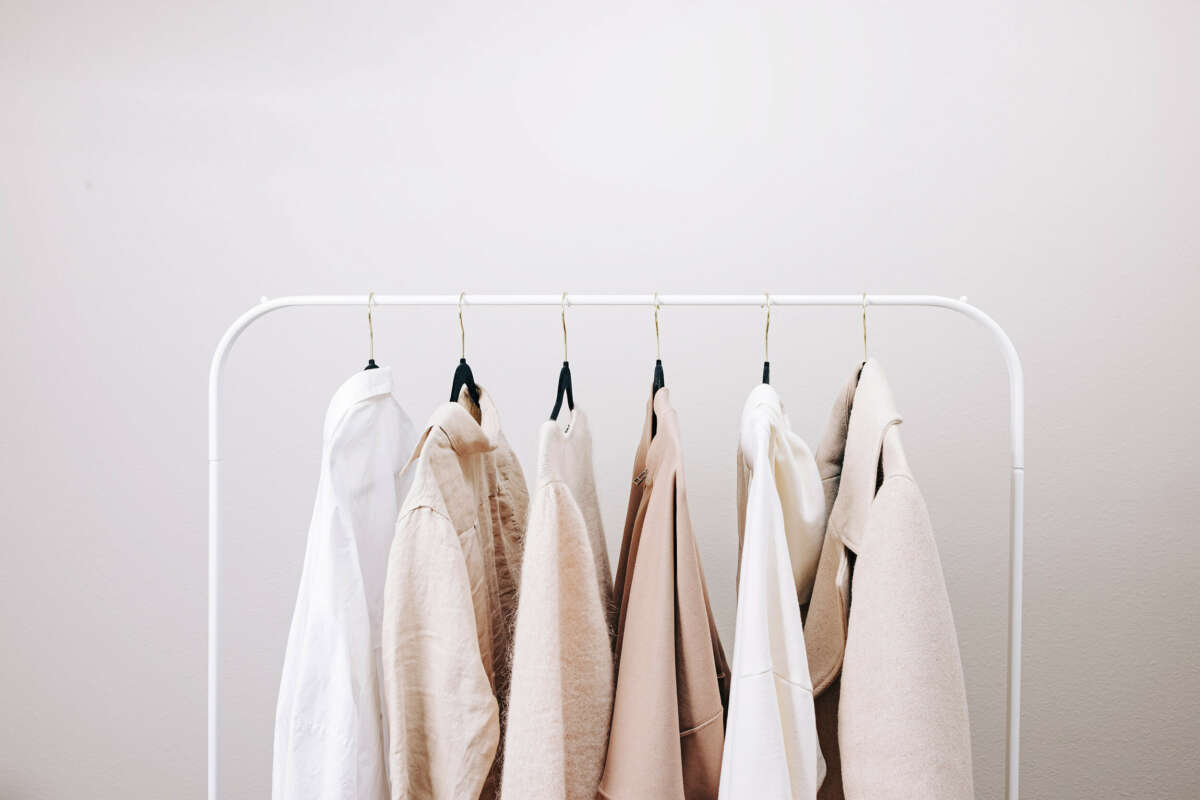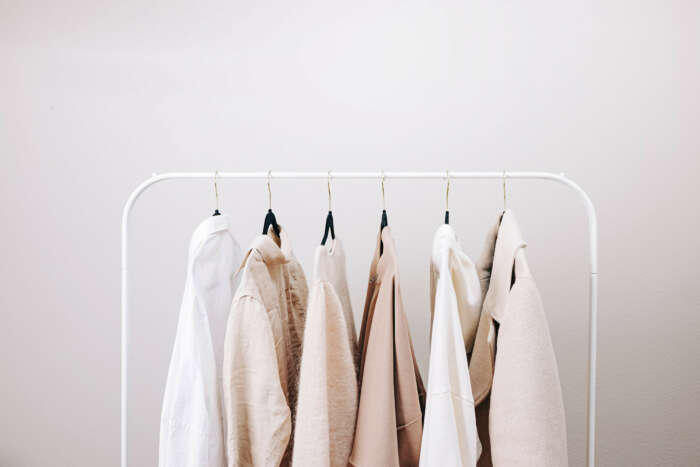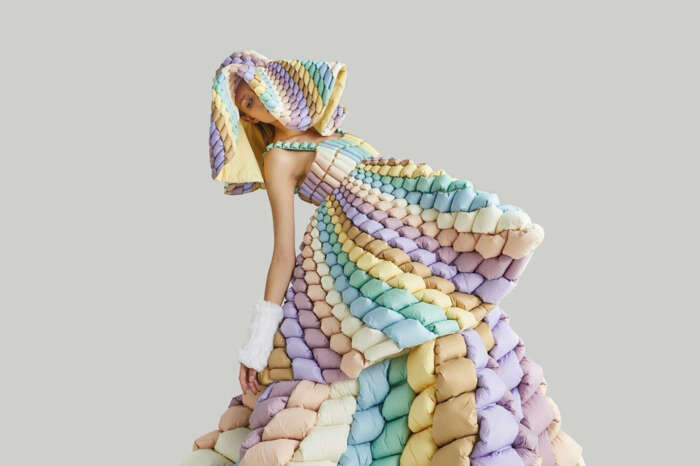Nowadays, we all try and do what we can for the planet. We separate our rubbish and recycle wherever possible, and we avoid single-use plastic. Increasingly we also use our power as consumers, choosing goods, services and experiences that are environmentally friendly and socially responsible.
As fashion lovers, we have always valued the latest trend, the most stylish outfits and the chicest looks, sometimes with little regard to the environmental and social implications of our shopping habits. But as we become increasingly aware of our responsibilities as consumers, so our approach to fashion is changing. In response, the fashion industry – on target to reach net-zero emissions by 2050 – is rethinking its practices and launching initiatives that are setting them on a path to a cleaner, more responsible and ethical future.
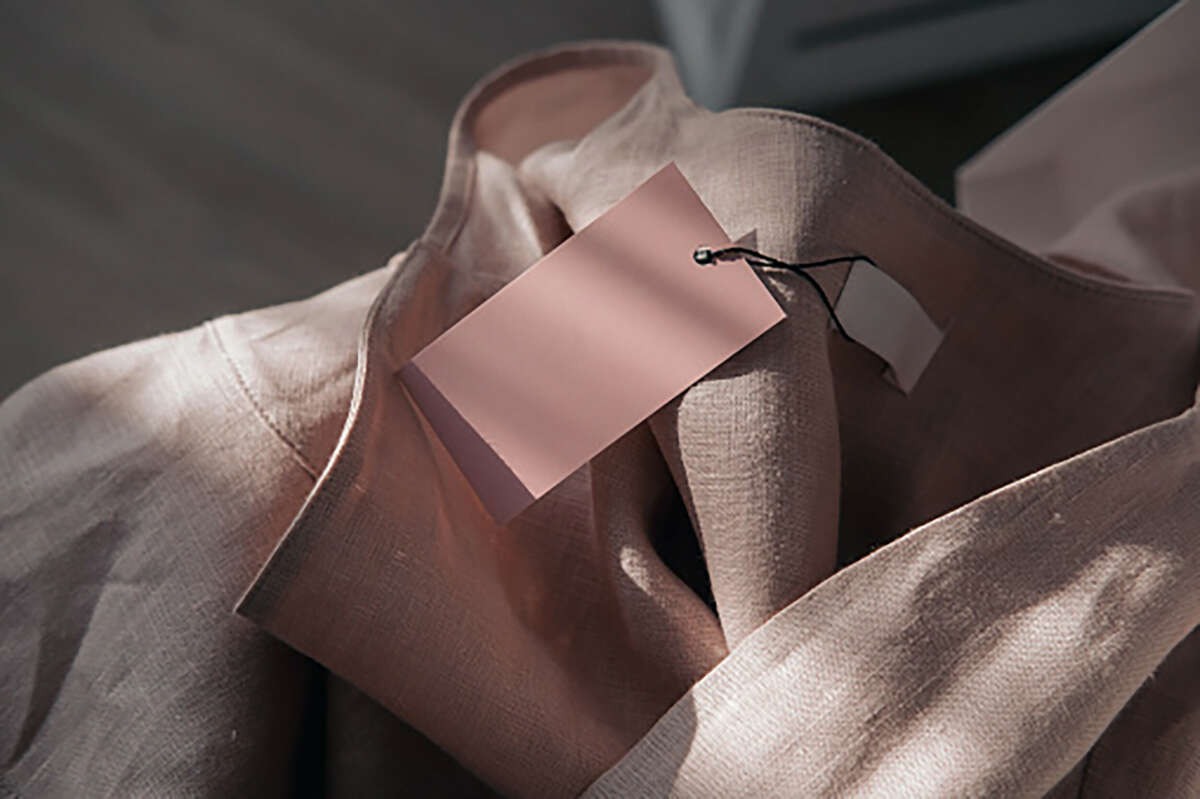
Buy less, choose well, make it last
From material manufacturing to garment waste, the fashion industry accounts for roughly eight to 10 per cent of global carbon emissions as well as almost 20 per cent of the wastewater produced. It also uses more energy than both the aviation and shipping industries combined. That’s a lot of energy.
The late, great fashion designer Vivienne Westwood once said: “Buy less, choose well, make it last”, a mantra that perfectly encapsulates one of the best ways to consider the environment when perusing the racks in your favourite designer boutique.
Our consumption of clothing has grown at a staggering rate, and with the rise of social media and the newly termed ‘micro trends’, clothing now enters our wardrobes as quickly as it is thrown into the bin.
One approach to reducing your clothing consumption is the ‘30 wears challenge‘, first coined by Eco-Age co-founder Livia Firth and British journalist Lucy Siegle in 2015. This test is simple yet effective, encouraging participants to stop and ask themselves: “Will I wear this at least 30 times?” If the answer is no, it is probably better to simply put the piece back for someone else to enjoy.
There is another way to follow Westwood’s wise mantra, by simply choosing your pieces well. The quality of garments produced by a fast fashion company are more likely to lack good construction and ethical production methods, relying on low-quality, unsustainable materials and cheap labour. But for those who are able to buy high-quality pieces from reputable designers, you will not only have clothes to last a lifetime, you will be doing your bit to help reduce fashion’s impact on our planet.
Lessons in luxury
Increasingly, luxury fashion houses are taking significant steps to enhance their processes with visionary projects. Italian fashion house Gucci launched its first sustainable collection, Gucci Off the Grid, in 2020. The collection featured pieces made from organic cotton, regenerated polyamide, recycled steel and ECONYL, a material made from post-consumer waste. Additionally, the company uses 100 per cent green energy in its stores, warehouses, offices and Gucci-owned factories. As of 2022, nearly 80 per cent of the materials Louis Vuitton sources have been either certified or recycled under the strictest environmental standards. And its parent company, LVMH, oversaw the launch of Nona Source, the first online resale platform of deadstock materials collected from the ateliers of its brands, including Dior, Givenchy and the Louis Vuitton. Thanks to Nona Source, designers are able to purchase remnants of fabric at a lower price, reducing the cost and promoting more sustainable production methods. The younger sibling of iconic fashion house Prada introduced Upcycled by Miu Miu initiative a few years ago and has since released four collections of upcycled vintage clothing. Menswear brand Zegna’s #UseTheExisting™ collection is made from discarded fabrics and threads. A long supporter of sustainability in fashion, it has also committed to using responsibly sourced cashmere and other fibres, making them fully traceable by the end of 2024 – read more here.
For fashion groups LMVH and Kering, luxury and sustainability are synonymous. As François-Henri Pinault, CEO at Kering, explains: “Luxury and sustainability are one and the same.” And Bernard Arnault, CEO at LMVH, explains: “Our success is only valuable if it is virtuous. It can only be sustainable if it is just. And it will be all the more brilliant if it benefits everyone – beneficial for us and for our employees, for our customers of course, for our stakeholders, and above all for our future.”
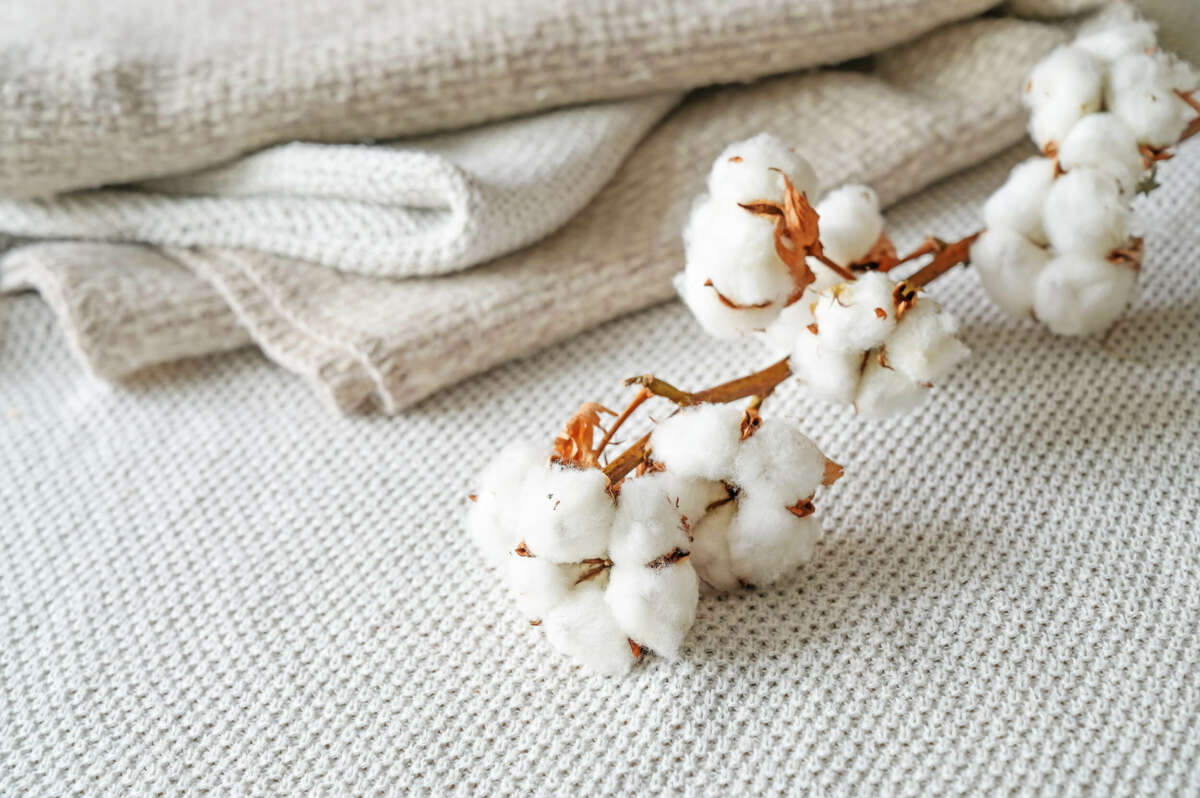
Go trans-seasonal and repair
As well as choosing to buy from eco-minded fashion houses, we should also be investing in trans-seasonal clothing. These are timeless pieces that can be worn from season to season, such as a classic cashmere cardigan or a good pair of jeans. They are often labelled as ‘staples’ but worn well, transcend beyond that. A good white shirt can be layered underneath a warm jumper in winter or thrown over a classic summer dress. Similarly, a well-made pair of boots can walk with you through life on countless adventures. By investing in such key pieces, you can build a lifetime wardrobe full of beautifully made designer pieces in addition to contributing to the regeneration of the planet.
We’ve all been there. You’ve seen a hole appear in your favourite jeans right before your very eyes. Well, even if that hole grows tenfold, you might not have to part ways with a trusted old friend. Repairing your clothing, where possible, is a great way to lower your carbon footprint. When you take your clothes to a cobbler or tailor, you reduce the need for unnecessary landfill and increase the longevity of beloved garments.
Another small step you can take to make a big difference is simply washing your clothes less. Many environmentalists are encouraging us to break the habit of wearing an item once and then throwing it in the wash basket. Instead, they want us to ask ourselves: “Is this piece actually dirty?” If the answer is yes, then of course, have it washed. But if you think you can get another wear out of the garment, pop it back in your wardrobe and help the planet.
It can often feel overwhelming when trying to implement more sustainable practices into your lifestyle. However, whether choosing environmentally friendly brands, shopping for timeless, high-quality pieces or washing your clothes less frequently, small adjustments can make all the difference.
